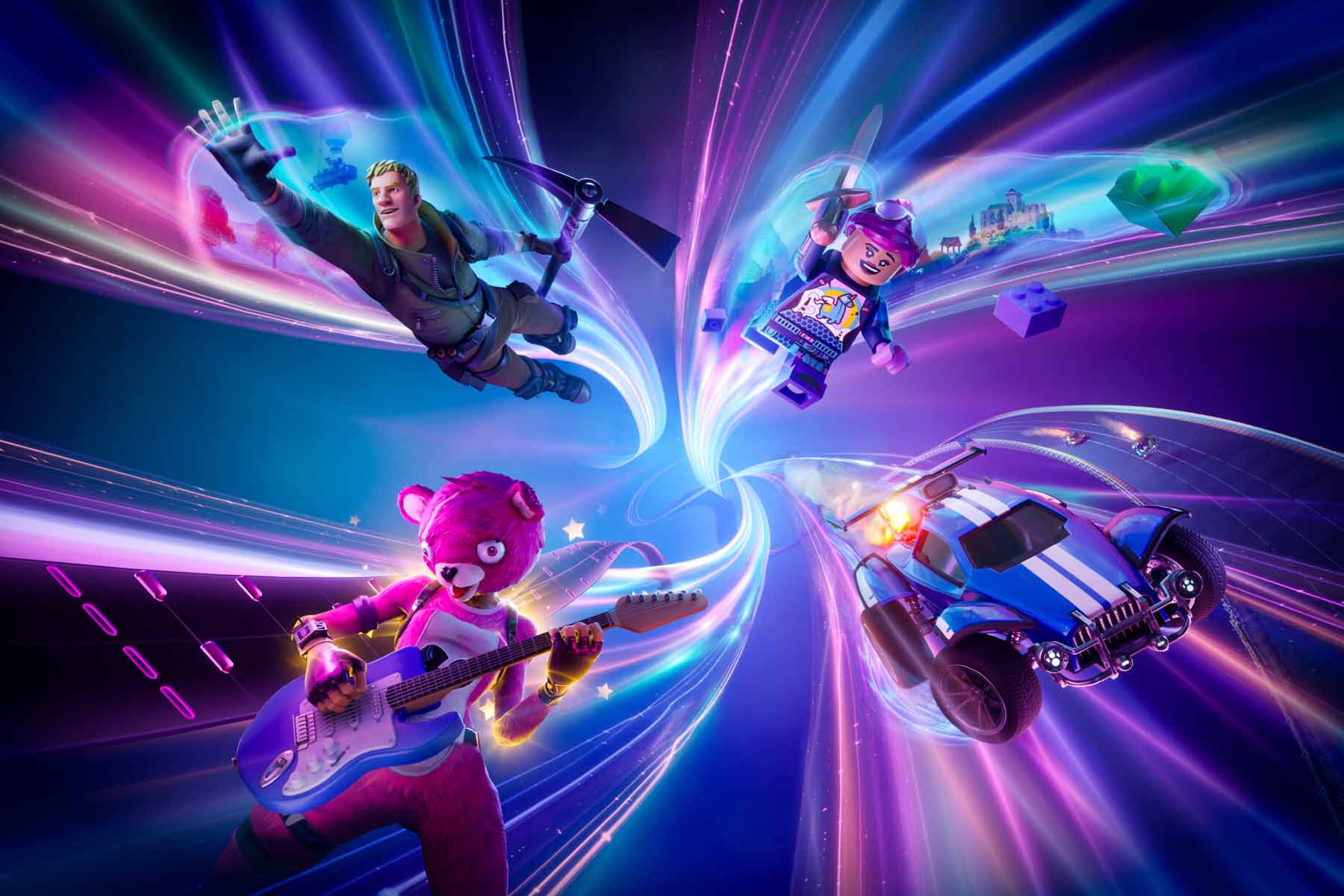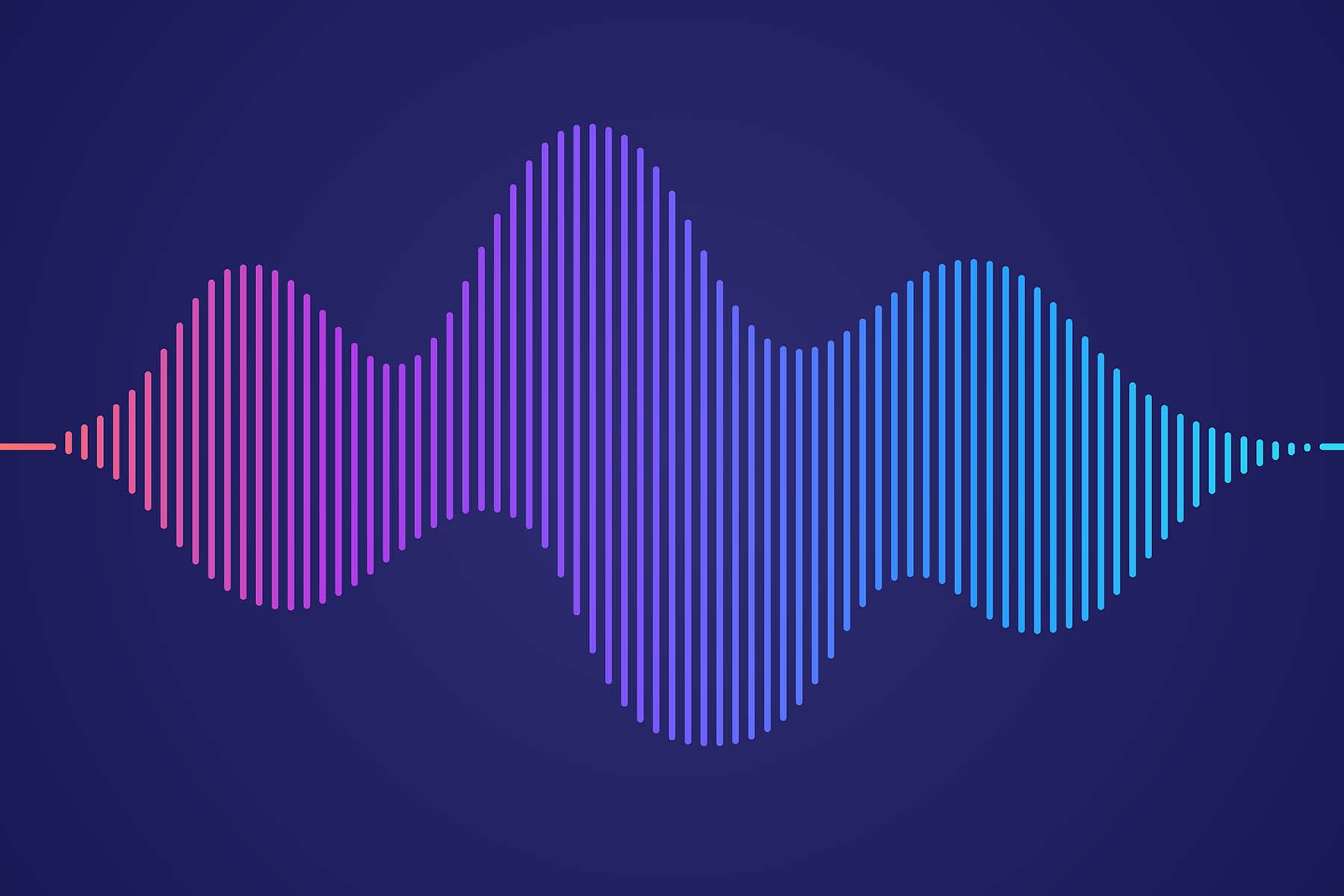
The State of Video
The video experience is changing for viewers and advertisers
Over the past year the state of video, according to GroupM’s latest report, has seen little material change, but the reasons and means of that change are becoming clearer.
Key findings include:
There is still a place for the big screen
The young may yet return to the main screen. They are already saturated with smartphones, and screen size is a binding constraint. Big screens encourage viewing, particularly for SVOD, YouTube and sports.
Addressable TV lacks reach
Supply and use of addressable television continues to expand, but it remains a very small portion of the market and therefore is limited in its commercial potency. It’s possible, however, that AT&T’s acquisition of Time Warner, together with the 2013 acquisition of NBCU by Comcast, may catalyse change. These vertically integrated companies have a significant share of homes served and content viewed.

One thing is for sure: linear television is still perceived to be as effective as ever, despite the absence of granular measurement
TV is still about reach
Data adornments are welcome only if they make that reach more intelligent and more intimate, expanding television’s relationship to sales and downstream financial and performance metrics, as any advertiser on earth would hope to achieve. This entails two key points of balance (or complications). The first is knowing how to weigh the cost efficiency and scale of broadcast advertising in broad geographies with maximising reach against highly-targeted subsets of a national population. If television’s core function is reach, then our priority must be developing new currencies, data pipelines and planning/measurement frameworks with a strategic view of the metrics that really matter to clients.
Ads are getting shorter and that’s a good thing
Japan’s standard length has been 15” for decades. The average in Europe is 22”. In the USA, 61% of ads were 30” in 2014, falling to 49% by the first half of 2017, while at the same time 15” copy rose from 29% to 36% and 10” from 2% to 5%. In June 2018, Nielsen published results from its “neurological ad compression” study of 80 US TV ad campaigns, finding 15” spots can work as well or better than 30” across a number of metrics: action intent, effectiveness, emotion, and memory.
published on
07 December 2018
Category
More in Technology & data

How to build your brand in-game
A new research report from WPP and SuperAwesome

WPP puts itself at the heart of collaborative 3D worlds
Pixar's 3D animation file format – USD – is the invisible building block of our digital 3D future.

A clarion call for AI, accessibility & advertising
Innovating at the intersection of AI, accessibility, and advertising

